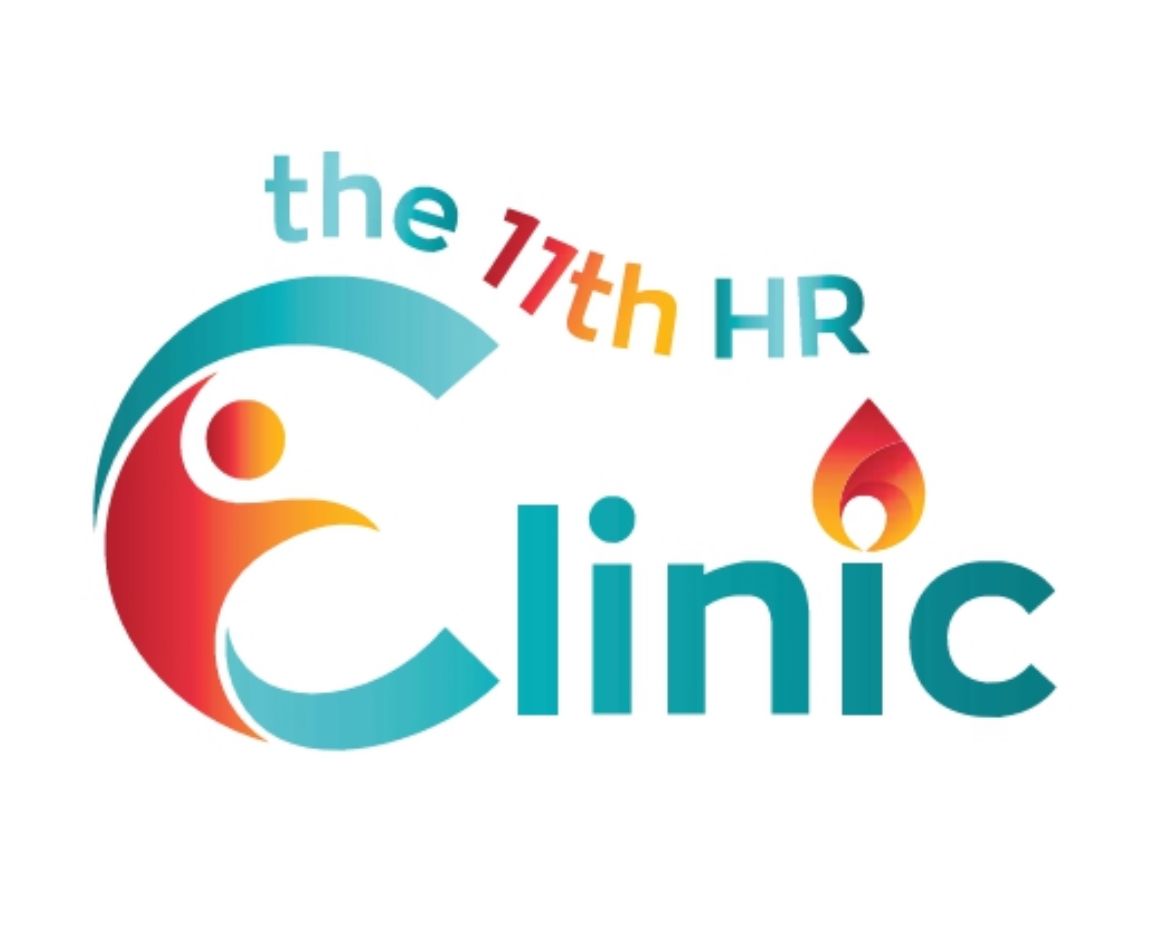Person-Organisation Fit
Aligning Values for Success
Person-Organisation Fit is the compatibility between an individual and the organisation they work for. It goes beyond just job skills and qualifications — it’s about whether an employee’s values, personality, and work style align with the company’s culture, mission, and way of operating. When the fit is right you will see higher job satisfaction and engagement, lower stress and burnout, stronger workplace relationships and team cohesion, greater motivation and productivity plus better overall mental health and wellbeing.
In order to assess whether the fit is right between you and certain organisation you can look at the following:
Value Fit:
- Do your personal beliefs and ethical standards align with the company’s mission and values?
- Example: If an employee values sustainability and works for a company that prioritizes eco-friendly practices, they will likely feel more fulfilled.
Culture Fit:
- Does the company’s work environment and management style match your preferred way of working?
- Example: Someone who thrives in a collaborative, open-office setting may struggle in a highly hierarchical, rigid corporate structure.
Goal Fit:
- Do your career goals align with the company’s objectives and growth opportunities?
- Example: If you seek professional development and your company invests in employee training, that’s a strong fit.
Work Style Fit:
- Does the company’s workflow, pace, and expectations align with how you work best?
- Example: A fast-paced startup may not be a good fit for someone who prefers structured, predictable tasks.
If you have a new professional role in mind, a bit of research may help you determine if this is the right fit for you. It can be helpful to:
- Research the Company – Check their website, social media, and employee reviews (e.g., Glassdoor).
- Ask About Company Culture – During interviews, ask about values, leadership style, and work-life balance.
- Observe Employee Interactions – Look at how employees engage during an office visit or virtual meeting.
- Assess the Job Description – Does it align with your skills, passions, and long-term goals?
- Evaluate Work Environment Preferences – Do you prefer remote work, flexibility, teamwork, or independence?
It is important that organisations do their best to help communicate their culture to potential new hires so that all parties are on the same page upon commencement, as a poor person-organisation fit can lead to negative outcomes for both employees and organisations. Employers can assist potential new hires by doing the following:
- Clearly Define Company Culture – Communicate values, mission, and expectations in job postings.
- Use Behavioral Interviews – Ask candidates about past experiences to see if their work style aligns.
- Promote Diversity & Inclusion – Ensure a welcoming environment for different personalities and backgrounds.
- Provide Realistic Job Previews – Give candidates an honest look at job challenges and expectations.
Where there is poor alignment this can impact mental health and wellbeing. You may experience increased job dissatisfaction and frustration, workplace stress and anxiety, higher turnover rates, conflict with management and colleagues, and feeling undervalued or disconnected from work. If this is happening to you, and you've discovered this is a poor alignment of you and the organisation, a few steps may help. This can include:
- Communicating with Your Manager – Express concerns about culture, expectations, or workload.
- Seeking Internal Changes – Look for new teams, roles, or projects that align better with your strengths.
- Creating a Work-Life Balance – Set boundaries to reduce stress and improve well-being.
- Finding Purpose in Your Work – Focus on aspects of your job that align with your values and goals.
- Considering Moving On – If the environment is toxic or misaligned long-term, a job change may be the best solution.
Person-Organisation fit is ideally assessed prior to commencing in a new role, or identified as early as possible after commencement. It is not necessarily that the person, manager or team has failed. It is more likely that alternative roles, work structures, values are better suited in another area of the organisation or with another organisation all together.
If you’re unsure about your current role or organisation, and considering alternative options, we can assist with employee assistance counselling and coaching to help you work through your challenges and create a new plan for your future.



